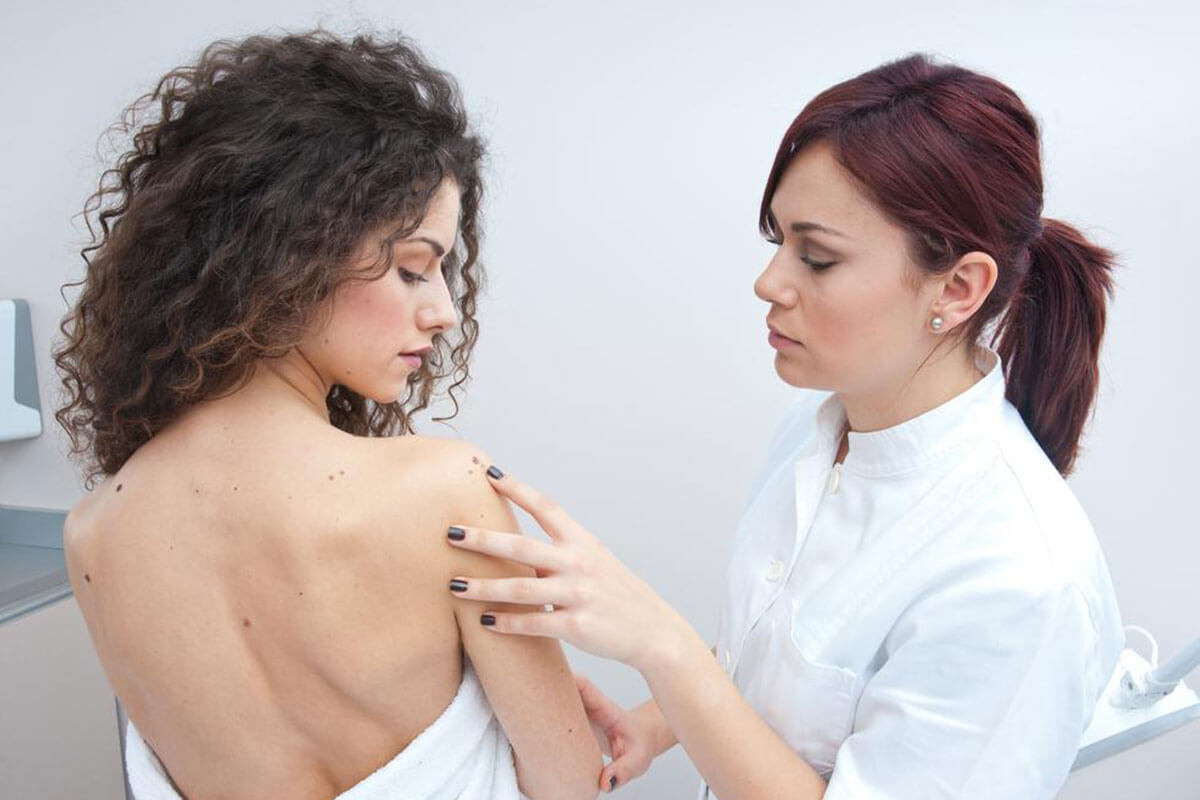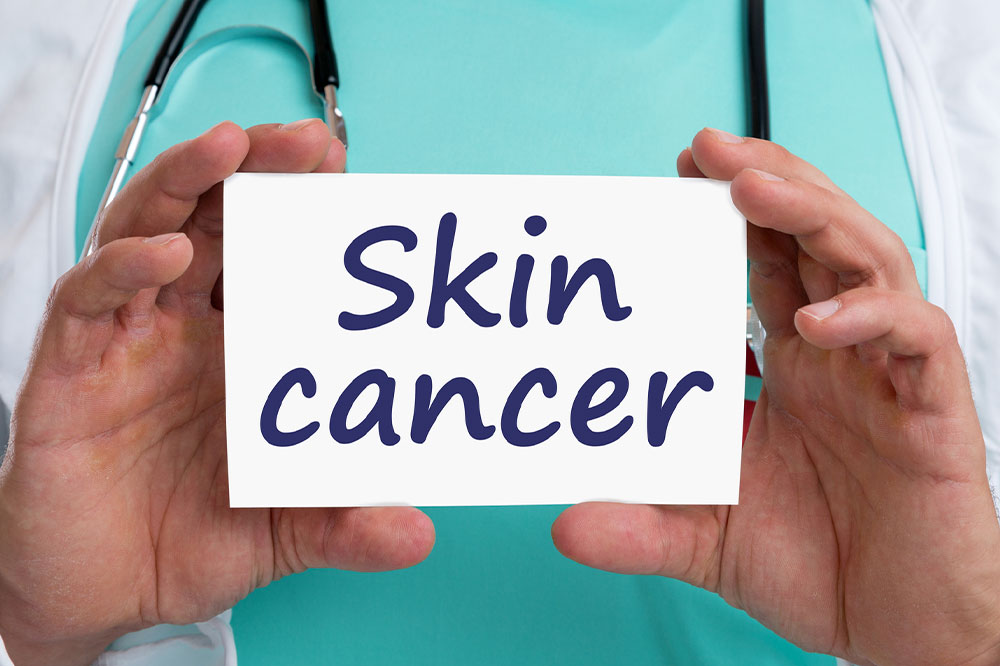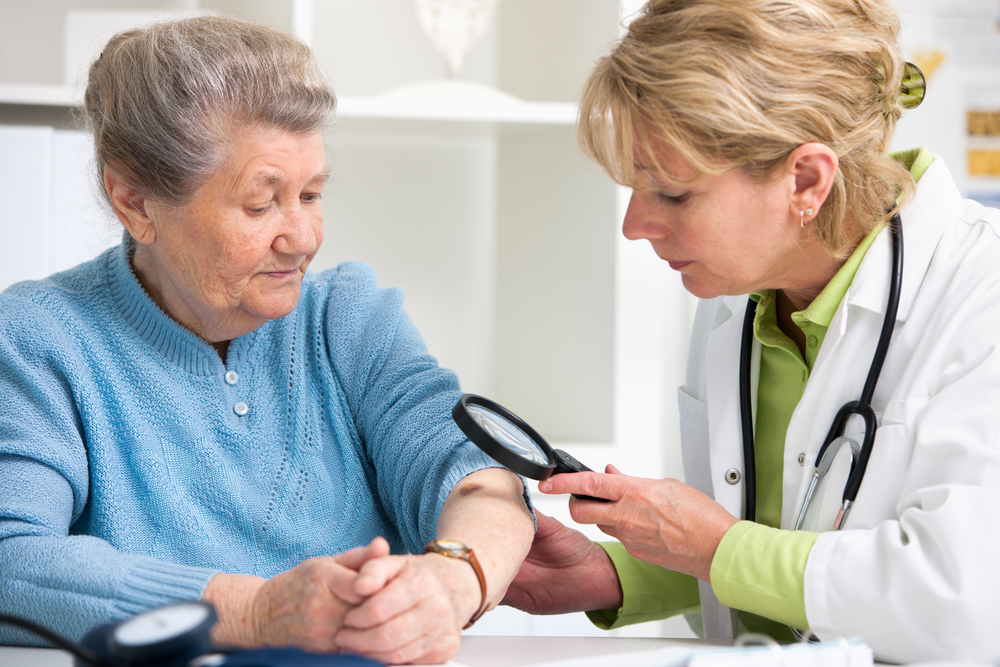Essential Skin Cancer Signs: Early Detection Tips You Can't Ignore
Early detection of skin cancer is vital for effective treatment. Recognizing subtle and obvious signs, such as persistent sores, unusual moles, and changing skin lesions, can save lives. This comprehensive guide covers key skin cancer indicators across different types, emphasizing the importance of regular skin checks and prompt medical consultation. Awareness of symptoms like non-healing ulcers, abnormal mole changes, and unusual skin bumps ensures timely diagnosis and intervention, ultimately improving patient outcomes and survival chances.

Crucial Indicators of Skin Cancer Every Individual Should Know
Detecting skin cancer early significantly improves treatment success rates. However, some warning signs can be subtle and easily missed. Being aware of these critical symptoms enables timely medical intervention.
It’s a common misconception that skin cancer only develops on sun-exposed areas such as the face, neck, or arms. In reality, skin cancer can also occur in areas less exposed to sunlight, including under the nails, the palms of the hands, the soles of the feet, and even regions like the genital area. Unfortunately, these signs can often resemble benign skin conditions, leading to misdiagnosis or delays in treatment. Understanding these signs is key to early detection and effective management.
Recognizing the subtle and visible signs of skin cancer plays a vital role in early diagnosis, which greatly increases the chances of successful treatment. Awareness of these symptoms helps individuals seek prompt medical advice, possibly preventing serious health consequences. This comprehensive guide details the main indicators of skin cancer and what to look out for. Knowledge about the different types—namely basal cell carcinoma, squamous cell carcinoma, and melanoma—is essential for understanding how these conditions might present.
Key Skin Cancer Symptoms to Monitor
Early identification is essential because skin cancer can masquerade as benign skin changes. Maintain vigilance for these specific symptoms:
If a skin sore, bump, or spot persists for more than four weeks without healing, it may be a sign of underlying malignancy rather than a minor injury.
Persistent symptoms such as itching, bleeding, crusting, or scabbing over a lesion that lasts over a month should be evaluated by a healthcare professional.
An ulcer that refuses to heal within four weeks, especially when there is no clear cause, warrants immediate investigation.
Visual Clues and Types of Skin Cancer
Different types of skin cancer have distinct visual signs and patterns, which should be recognized for early intervention:
Basal Cell Carcinoma (BCC): Commonly found on sun-exposed areas like the face, ears, or scalp, BCCs typically appear as shiny, pink, or red bumps that grow slowly over time. They can also show up as red, scaly patches that might crust or bleed. These lesions often have a pearly appearance and tend to be the least aggressive form but should not be ignored due to their potential to ulcerate or invade deeper tissues if untreated.
Squamous Cell Carcinoma (SCC): Usually presenting as firm, rough, and crusty bumps, SCCs are frequently found on sun-exposed areas such as the head, neck, or hands. They can also develop inside the mouth or in genital regions. Look for persistent sores that bleed or itch, especially those that fail to heal after a few weeks. Unlike BCC, SCCs can be more aggressive, with a potential to invade local tissues and metastasize if not treated early.
Melanoma: The most dangerous and aggressive form of skin cancer, melanoma often begins as a mole that changes in appearance. Use the ABCDE criteria to identify suspicious moles: Asymmetry, irregular borders, multiple colors, diameter larger than 6mm, and evolving (changing) shape or size. Any new or changing mole warrants prompt medical assessment.
Early detection of skin cancer significantly improves treatment outcomes and survival rates. Incorporating regular skin self-checks, especially for individuals at higher risk, and seeking immediate medical evaluation for any unusual skin changes is crucial. Awareness and proactive behavior can save lives, making understanding these signs an essential part of personal health care.





